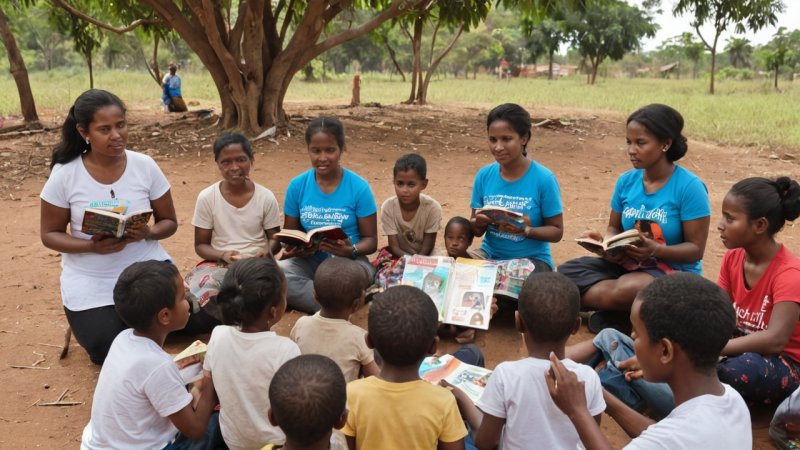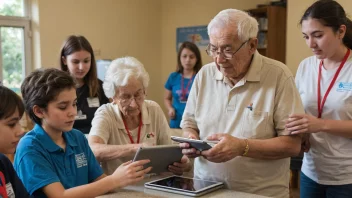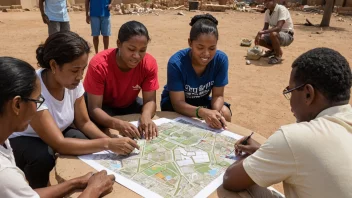Literacy is a fundamental right that serves as a cornerstone for personal empowerment and community development. Despite the global advancements in education, millions still face barriers to acquiring basic literacy skills. Community activism plays a crucial role in addressing these barriers, advocating for equitable access to education, and fostering a culture of reading and learning. Here are some impactful ways community activism promotes literacy among diverse populations.
1. Mobilizing Community Resources
Community activists often work to mobilize local resources to create literacy programs that cater to the specific needs of their neighborhoods. By collaborating with libraries, schools, and local businesses, they can:
- Establish tutoring programs that provide one-on-one assistance.
- Organize book drives to ensure access to reading materials.
- Create community centers that offer free classes for all ages.
2. Advocating for Policy Changes
Effective community activism involves advocating for policy changes that prioritize literacy in education systems. Activists engage with local governments and educational institutions to:
- Push for funding dedicated to literacy programs.
- Advocate for curriculum changes that include culturally relevant materials.
- Encourage the implementation of adult literacy initiatives.
3. Fostering a Culture of Reading
Community activists understand that creating a culture of reading is essential for promoting literacy. They often initiate campaigns and events that encourage reading as a shared community value:
- Host reading festivals that celebrate local authors and storytellers.
- Launch book clubs that cater to different age groups and interests.
- Implement storytelling sessions in community centers and schools.
4. Building Partnerships with Local Organizations
Collaboration is key to successful literacy initiatives. Community activists often build partnerships with local organizations, such as:
- Nonprofits focused on education and literacy.
- Businesses that can provide funding or resources.
- Health organizations that can address the intersection of health and literacy.
These partnerships amplify the efforts of community activists and create a more significant impact on literacy rates.
5. Engaging Families and Caregivers
Parents and caregivers play a vital role in a child's literacy development. Activists often focus on engaging families by:
- Providing workshops that teach parents how to support their children's reading habits.
- Creating family literacy nights that promote reading as a family activity.
- Distributing resources that help parents understand the literacy needs of their children.
In conclusion, community activism is an essential driving force behind literacy promotion. By mobilizing resources, advocating for policy changes, fostering a culture of reading, building partnerships, and engaging families, activists are creating pathways for individuals to develop vital literacy skills. Everyone has a role to play in this movement, and by supporting local initiatives or getting involved in community activism, individuals can contribute to a more literate and empowered society.






